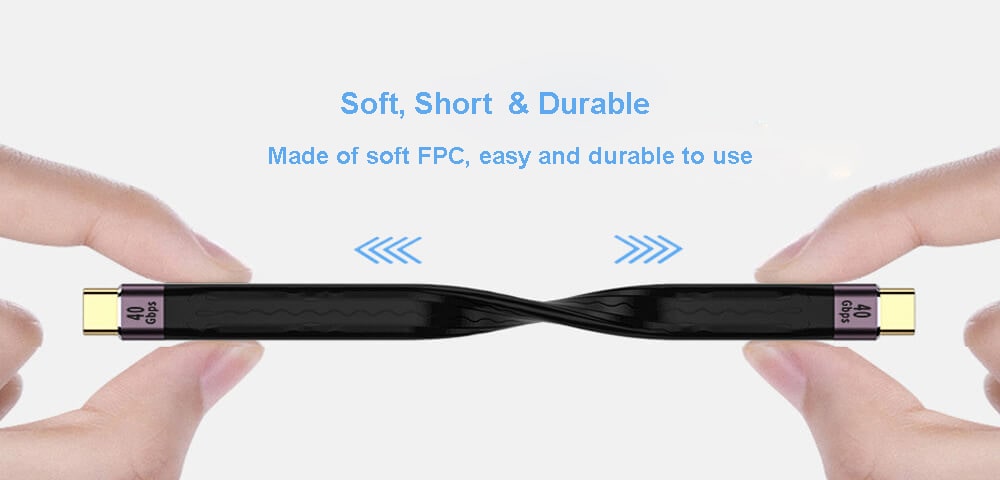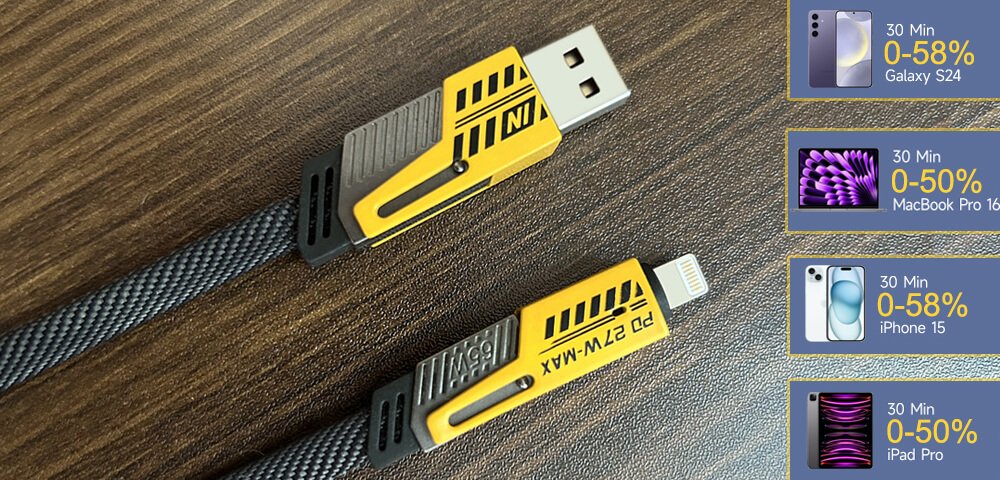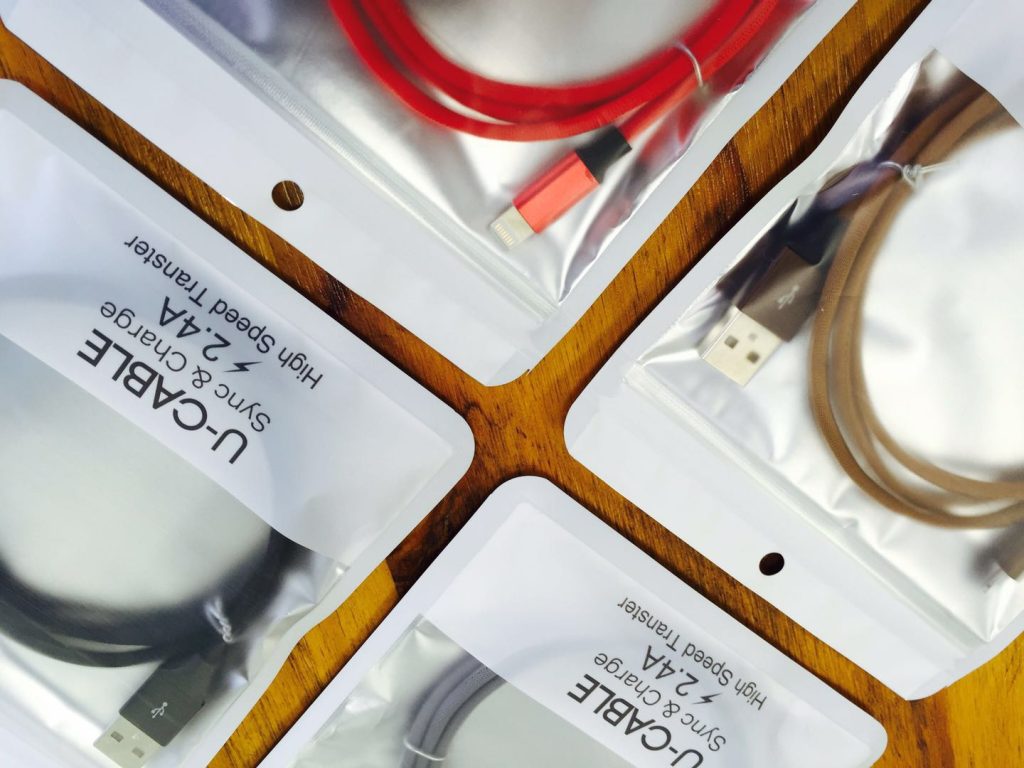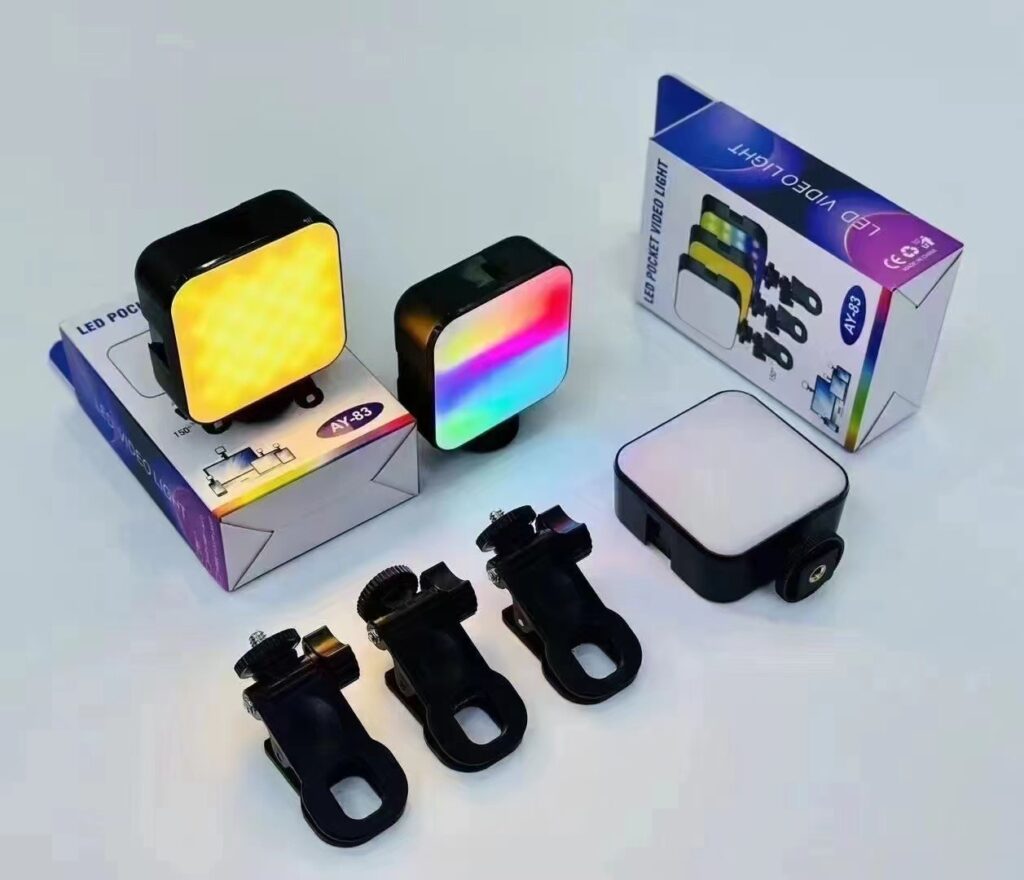How to Make Custom Mobile Phone Accessories from China
In our fast-paced digital world, mobile phone accessories are more than just add-ons; they are essential tools that enhance our smartphone experiences. From stylish cases to innovative chargers, custom mobile phone accessories can set your product line apart. If you’re considering venturing into the world of custom accessories, particularly by sourcing them from China, you’ll want to explore effective strategies for finding reliable suppliers. This article dives into the process of creating custom mobile accessories and provides workable plans for connecting with trustworthy suppliers in China.
## Understanding the Demand for Custom Mobile Accessories
Before venturing into production, it’s vital to understand why there’s a growing demand for custom mobile phone accessories. Consumers today are looking for products that not only serve a functional purpose but also reflect their personal style and preferences. This creates an excellent opportunity for entrepreneurs and businesses to cater to niche markets.
Moreover, with the rise of increasingly sophisticated smartphones, the accessories market is expanding rapidly. Items such as mobile travel chargers and USB car chargers wholesale are becoming must-have items for tech-savvy consumers who are always on the go. By tapping into this demand, businesses can capitalize on a lucrative market filled with possibilities.
## Finding Reliable Suppliers in China
When it comes to sourcing mobile accessories wholesale from China, establishing connections with reliable suppliers is paramount. Here are some strategies to help you navigate this critical step effectively:
### 1. Utilize Online Marketplaces
Online platforms like Alibaba, Made-in-China, and Global Sources provide a vast database of manufacturers and suppliers specializing in mobile accessories. Start by browsing these marketplaces to find potential suppliers. Look for those with positive ratings, verified status, and customer reviews. This initial research will give you a good sense of the suppliers’ credibility and capability to handle your custom requests.
### 2. Attend Trade Shows
If possible, attend trade shows or expos focused on electronics and mobile accessories in China, such as the Canton Fair or the Shenzhen International Consumer Electronics Show. These events are fantastic opportunities to meet suppliers face-to-face, see their products firsthand, and negotiate terms directly. Building personal relationships can lead to better business deals and trusted partnerships.
### 3. Use Social Media and Industry Networks
Engaging with communities on platforms like LinkedIn, Facebook, and industry-specific forums can also yield valuable leads. Join groups dedicated to mobile accessories or entrepreneurship, where members often share insights and recommendations for reputable suppliers. Don’t hesitate to ask for advice; many experienced entrepreneurs are willing to share their knowledge and contacts.
### 4. Conduct Thorough Background Checks
Always perform background checks on potential suppliers before committing to any orders. Request samples of their products (such as mobile travel chargers) to assess quality. You can also reach out to previous clients if possible to gauge their satisfaction with the supplier. A little due diligence can save you from potential pitfalls down the road, ensuring you partner with a provider that meets your expectations and standards.
## Designing Your Custom Mobile Phone Accessories
Once you’ve established contact with reliable suppliers, the next step is designing your custom mobile accessories. This process involves several key considerations:
### 1. Identifying Your Target Market
Decide who your target audience is. Knowing whether you’re aiming at tech enthusiasts, everyday consumers, or specific demographics can significantly impact your design choices. Research trends within your target market to ensure your products resonate with consumer preferences.
### 2. Collaborating with Designers
If you’re not a designer yourself, collaboration is key. Work with professionals who can bring your ideas to life while maintaining functionality. Think about aesthetics, usability, and ergonomics. Engaging a designer with experience in creating accessories can also ensure compliance with market needs and current trends.
### 3. Prototyping and Testing
Once designs are set, it’s crucial to move into prototyping. Create samples of your products and gather feedback from a test group. This phase allows you to identify potential issues and make necessary adjustments before full-scale production begins. It’s an essential part of the process that can save time and resources later on.
## Navigating Logistics and Quality Control
Getting your mobile accessories from China to your market requires careful attention to logistics and quality control. Here’s how to streamline this process:
### 1. Choose the Right Shipping Method
Depending on your volume, you may opt for air freight or sea freight. Air freight is faster but more costly, making it suitable for smaller batches or time-sensitive products. Sea freight is more economical but requires longer shipping times. Evaluate your needs carefully to determine the best option.
### 2. Ensure Quality Control
Quality control is critical when importing products. Establish clear quality standards with your supplier before starting production. This could include specifications for materials, color accuracy, and functionality tests. Consider hiring a third-party inspection service in China to verify product quality before shipment. Their expertise can provide an additional layer of assurance that your products will meet your expectations.
### 3. Familiarize Yourself with Import Regulations
Understanding import regulations and duties for your country will help prevent any unexpected costs or delays at customs. Be aware of the regulations that pertain specifically to electronic devices, as these can vary greatly depending on your location. Consulting with a customs broker can simplify this process and ensure compliance with all legal requirements.
## Conclusion: Seizing Opportunities in the Mobile Accessories Market
Creating custom mobile phone accessories from China offers exciting opportunities for entrepreneurs looking to make their mark in the market. By understanding consumer demand, finding trustworthy suppliers, designing unique products, and navigating logistics effectively, you can position your business for success.
As you embark on this journey, focus on building relationships, maintaining high-quality standards, and staying attuned to market trends. With dedication and a strategic approach, you can create a thriving business that caters to the ever-growing need for innovative mobile accessories. Whether you’re interested in mobile travel chargers, USB car chargers wholesale, or other customized products, the possibilities are endless in this dynamic industry. So roll up your sleeves and get ready to tap into this vibrant market!




